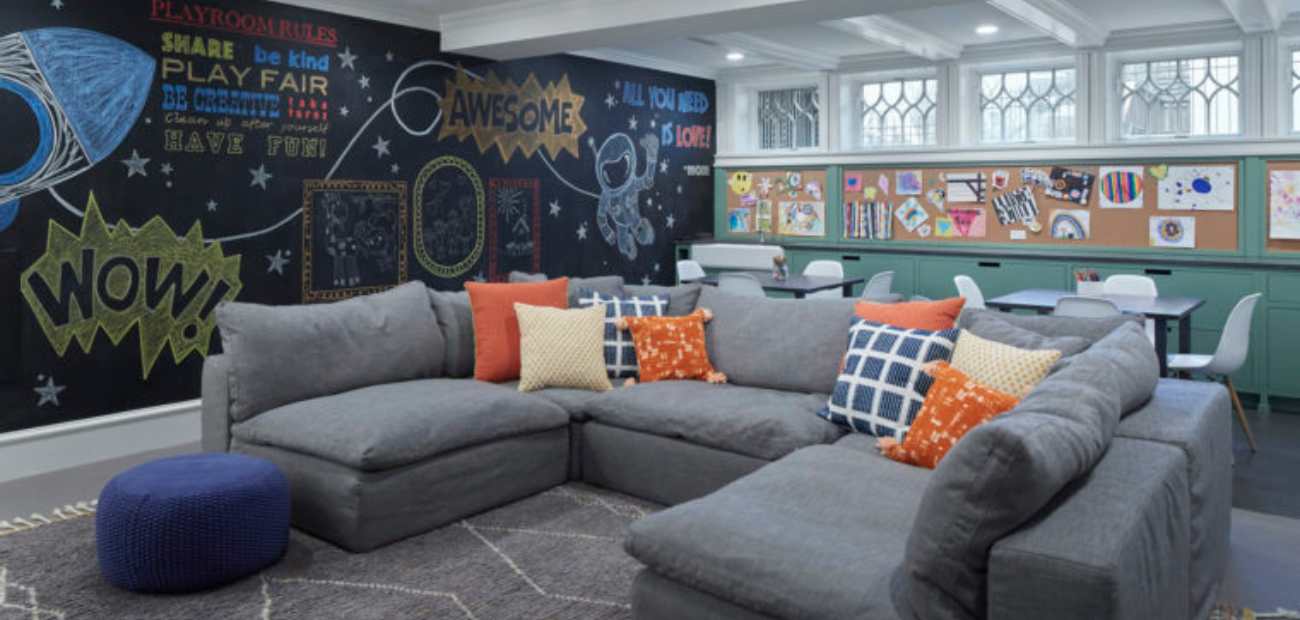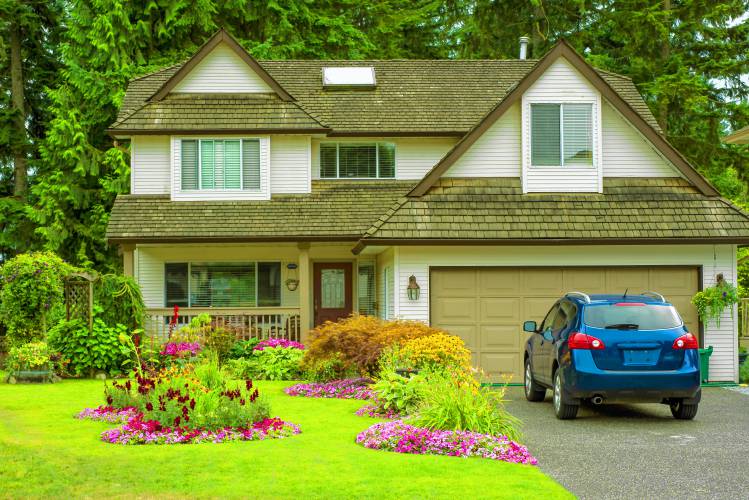H
ere's a rewritten version of the text, condensed by 20%:
When designing a home for children, parents often prioritize space that can adapt to their growing needs. Design trends have shifted towards more flexible spaces that accommodate changing tastes and interests. Think of it as a "friendly invasion" – kids may sleep in their bedrooms but rarely use them for play or homework.
Families need homes that manage the constant transition of raising children, balancing family time with individual space. Child development expert Stephanie Allison notes that room design has a significant psychological impact on children. Bedrooms are now less of a hangout space and more focused on sanctuary and rest.
Designers are incorporating age-appropriate features like climbing walls or adjustable bookshelves to match a child's height. For girls, preppy looks with pink and orange colors are popular, while boys often request gamer setups with monitors and sneaker displays. Bedrooms should offer ownership and shelter, with parents involving kids in the design process.
Spare rooms can be repurposed for specific functions like homework spaces or crafts rooms. Soundproofing may be necessary if loud music will be played. Dedicated areas for activities like reading or playing games are also popular. For younger children, outdoor spaces with water features and playhouses encourage family togetherness and imaginative play.
Designers are incorporating shared spaces that allow multiple generations to spend time together, such as open-plan concepts or activity corners. Basements can serve these functions well, especially for older children. Outdoor spaces like garages or converted basements can also be used for activities like cooking, eating, or playing sports.












